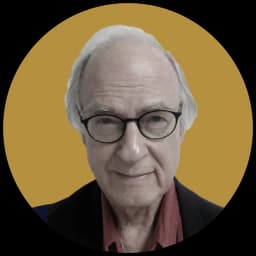Arts Festival ‘for Everyone’ Arises at Gwangju, Where in 1980 Korea’s Army Massacred 200 Protesters
This year the whole show is curated by a French artistic director, Nicolas Bourriaud, as ‘a soundscape of the 21st century.’

For three months every two years South Korea’s city of dissent, of hostility to the central government, of resentment of bureaucrats and politicians in Seoul, bursts into bloom as an Eden of the arts. The Gwangju Biennale spreads from the main exhibition hall to pavilions around the city featuring individual national displays to a neighborhood of little shops selling mostly the creations of local artists along with coffee, tea, and snacks.
It’s not political at all,” says the president of the Gwangju Biennale Foundation, Park Yang-woo. “It’s for everyone.”
A login link has been sent to
Enter your email to read this article.
Get 2 free articles when you subscribe.

